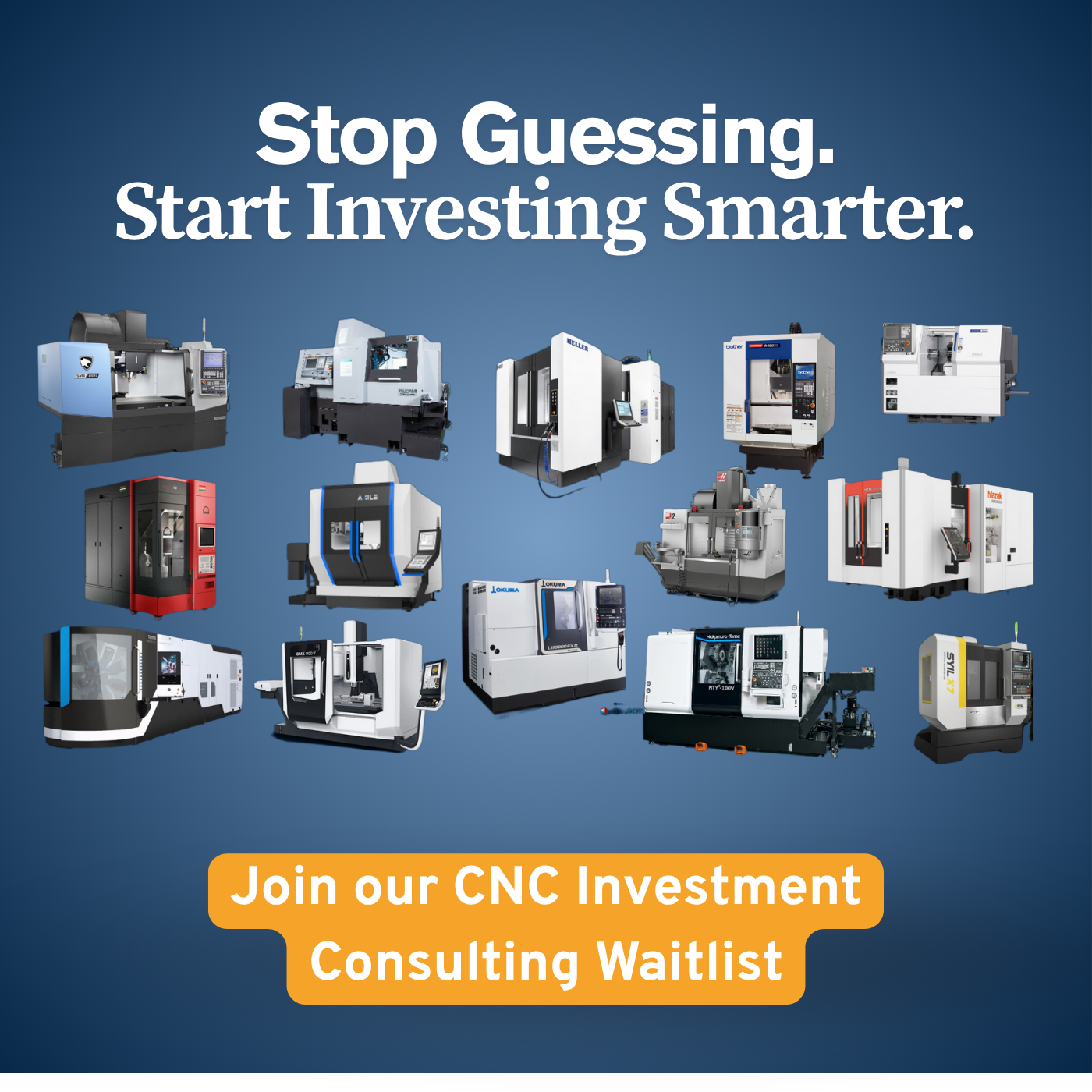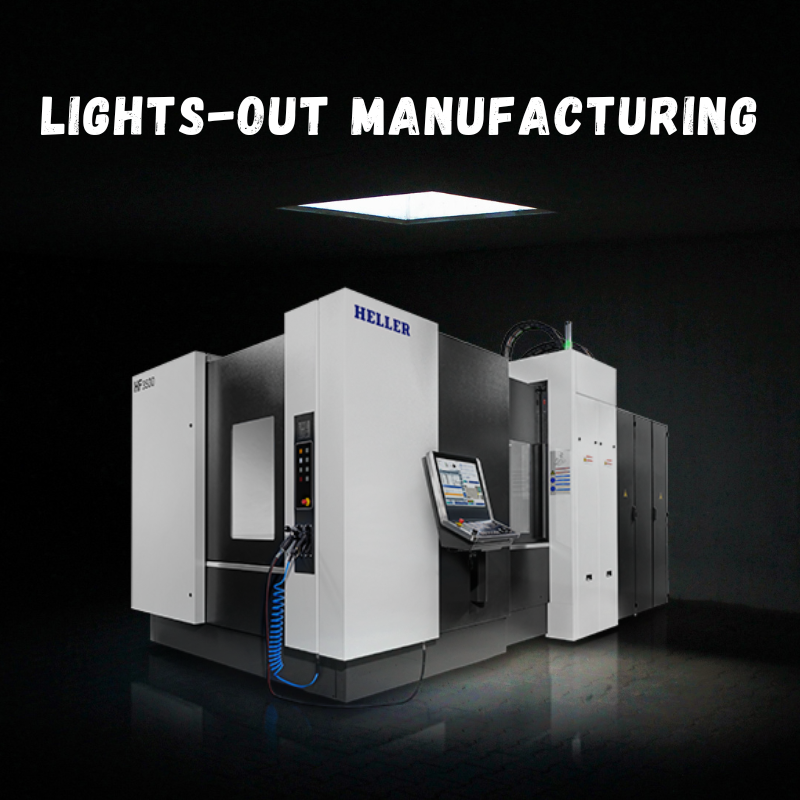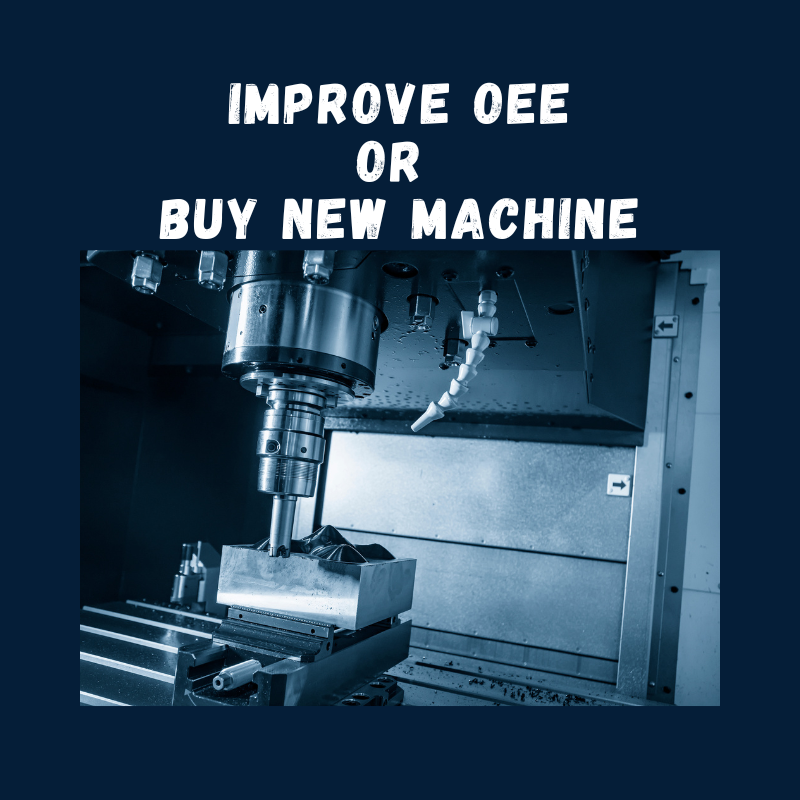Determining whether to refurbish your CNC machine or invest in a new one depends on factors like cost, performance, and long-term goals. We’ll guide you through each consideration to help make the right decision for your operations.
Refurbishing a CNC machine is often a cost-effective solution, providing a lot of savings compared to buying new. It extends the machine’s lifespan, preserves operator familiarity, and allows customization. However, it may not suit outdated technology or machines nearing end-of-life.
While refurbishment offers clear financial benefits, it’s essential to weigh those against potential risks like hidden damage or limited future performance. Let’s dive deeper into whether this solution is right for you.
Cost-Effectiveness vs. New Purchase
Refurbishment is typically 30-60% cheaper than purchasing new equipment, which makes it highly attractive for small to mid-sized businesses aiming to conserve capital. However, the cost alone shouldn’t drive the decision. Consider whether the reduced expenditure translates to sufficient performance gains for your operation.
For example, a new CNC machine might cost $150,000, while refurbishing an older model could range from $60,000 to $90,000. This cost saving is substantial but requires careful analysis to ensure the refurbished machine still meets your production needs. Factors like increased uptime, smoother operations, and fewer defects post-refurbishment should be evaluated.
Extended Lifespan and Performance
Refurbishing extends the useful life of a CNC machine by 5 to 10 years, depending on the extent of work done. Replacing critical components like spindles, ball screws, and control systems can restore the machine to near-new functionality. However, it’s essential to analyze whether the refurbished machine can keep up with future production demands or if it’s a temporary fix.
A machine that originally ran at 80% efficiency could be improved to 90-95%, reducing downtime and increasing throughput. However, if your production volumes are rising rapidly, a refurbished machine may struggle to keep pace in the long term.
Technological Relevance and Customization
One major advantage of refurbishing is the opportunity to upgrade and customize. This is particularly useful for businesses that don’t need cutting-edge machines but require reliable, modern features. By updating software and retrofitting new control systems, you can tailor the machine to your evolving needs. This flexibility allows you to avoid paying for unnecessary features in a new machine that might not even fit seamlessly into your current setup.
Yet, if the machine is too outdated, refurbishment may fail to close the technological gap. Machines older than 10-15 years may not support automation upgrades or modern data monitoring systems, limiting your future capabilities.
Risk Analysis for CNC Refurbishment
Before opting for refurbishment, it’s crucial to conduct a risk analysis. Key risks include technological obsolescence, hidden damage, and extended downtime. While refurbishment is quicker than purchasing new, delays can still occur, especially if specific parts are hard to source.
Mitigate these risks by performing a thorough inspection and ensuring all necessary parts are available before starting the refurbishment process. In some cases, buying new could actually result in less downtime and better long-term reliability.
Spare Parts and Long-Term Maintenance
A refurbished CNC machine is only as good as the availability of its spare parts. OEM parts may be phased out after 10-15 years, making it increasingly difficult and expensive to maintain older machines. Before refurbishing, it’s wise to stock critical components, like spindle motors and ball screws, or plan for future parts shortages.
Final Verdict: Is Refurbishment Right for You? Refurbishing is a strong choice for businesses looking to save costs while extending the life of their CNC machines. It’s especially beneficial if your current equipment still fits your production needs and can be upgraded to support new functionalities. However, for machines that are technologically outdated or nearing end-of-life, purchasing a new machine may be the smarter long-term investment.




